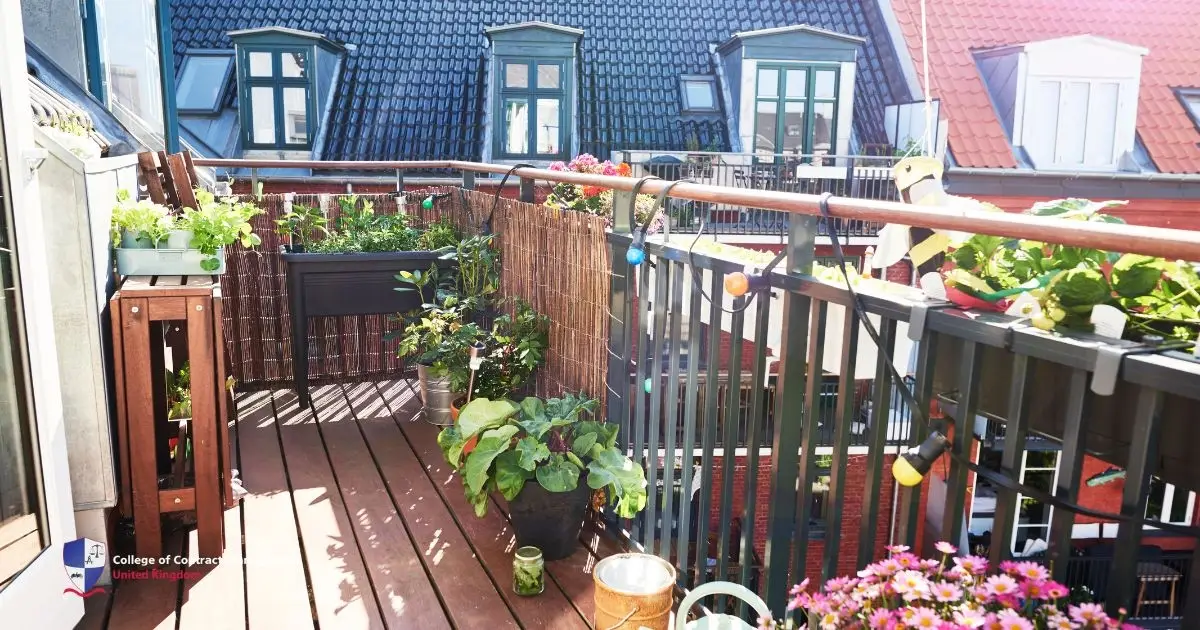Paving Slabs - Everything You Need to Know
Paving slabs are pieces of stone or concrete that you can use to cover surfaces or layers of outdoor floors, such as building entrances, terraces, sidewalks, or yards. These pieces are usually arranged in different ways to create a flat and strong ground surface. In addition, the basic materials available are also diverse, including natural stone, concrete, and ceramic tiles.
Each basic paving slab material has differences that affect its quality. For example, slabs made of natural stone offer an elegant appearance but have a high price. Meanwhile, limestone is the most widely used type because of its good characteristics and affordable price.
To find out more, this article will provide a complete information guide.
Benefits of using paving slabs in your home
Paving slabs provide many benefits to a building. For example, it can help you to cover the surface of the ground, such as the yard, carport, or driveway to the house. This can make your building more appealing. In addition, various types of paving also have pores that can absorb water into the ground. This can help prevent puddles in the yard of the building. To find out more about the benefits of using paving, here is a list:
-
Adds value to your home
-
Make your home appealing
-
Durability and longevity
-
Low maintenance
-
Easy installation
-
Improve safety measures
-
Create a versatile and functional space
-
Safe for the environment
What is the cheapest type of paving slab?
The cheapest type of paving slabs is limestone slabs because this type of paving is easy to find and the production process is simple. However, there are many other types of paving that you can use for exterior purposes, such as natural stone paving, Indian sandstone, limestone, slate, granite, and porcelain. These types have differences that come from their base materials and characteristics.
Each basic material has its own advantages and disadvantages that can help you choose the best paving material for your home. For example, some have many colour variations, cheap prices, but the quality is not durable. In contrast, some are expensive, but the material is strong and durable, and they do not have a variety of colour choices. To find out more about the choices, here is an explanation of each type of cheaper paving slab that you need to know, such as:
Natural stone
Natural stone is the best type of stone and is often used to make paving slabs. This is because natural stone has a natural appearance, long durability, and good resistance to weather. The appearance of this material ages better with time. In addition, this natural stone also has a variety of soft colours, better material quality than concrete, and the maintenance process is very easy. However, the price for this type is quite expensive because natural stone is hard to get. This is because natural stone is a non-renewable material.
Slate
In addition to natural stone, slate can also be used to make paving slabs. However, this type has slight differences in texture, colour, and pattern. When compared to natural stone, slate only has a few colour choices, such as grey, black, or colours produced from layers of clay or stone chips. In addition, the texture of slate is also smoother and flatter. Therefore, you can use this type for interior needs, like floors or walls.
Internal porcelain
This is one of the types of paving slabs that is made from clay, sand, and a mixture of minerals. These three materials are then heated in a fire at high temperatures. That way, a paving material can be produced that is durable, non-porous, and also resistant to scratches, stains, and temperature changes. Therefore, this type of paving is suitable for outdoor areas. However, this type also has several disadvantages, such as a heavy weight, a difficult installation process, and an expensive price.
Indian stone
If you want to use a variety of colours for paving slabs, Indian stone is the best choice. The colour variations come from the mineral content and impurities within the stone. The colours can be red, cream, pink, green, grey, brown, yellow, mint, teak, and rainbow colours. Also, this paving type has strong durability because its silicon molecules are tightly packed together. Therefore, it can be long-lasting and durable. However, keep in mind that this paving can sometimes cause blotches. These blotches are caused by efflorescence, moisture, and natural iron content.
Granite
This is a paving slab made of granite. Granite is a type of hard rock that is formed from natural processes in the Earth. For this reason, this type can last a long time without being damaged, even in extreme weather changes. In addition, paving made of granite also offers a variety of colour and pattern choices. This is because granite contains quartz, feldspar, and biotite. These materials are the reason behind each different colour and pattern on the stone. With this in mind, you can use this type in outdoor areas.
Limestone
Limestone paving is one of the types of paving slabs made from limestone. It contains calcium carbonate (CaCO3) that has good aggregate properties that can increase resistance and water absorption. Thus, this limestone can make paving materials harden faster and last longer. In addition, the affordable price and flexible nature make limestone paving often used in making paths or terraces. The surface with large pores makes it easy to absorb water and stains. This can be overcome by using a coating that can protect it from the risk of cracking.
Steps to lay paving slabs
There are several steps you can take to install paving slabs. It includes preparing the ground, installing the base layer, and installing the paving in place. This step is a big picture of the process. There are quite a lot of processes involved. You need to prepare several tools to support the slab installation process.
The tools you need are a shovel, a pointing trowel, sub base, rubber mallet, spacing pegs, spirit level, cement mixer, small wooden pegs, mortar, concrete breaker, and personal protective equipment (PPE). When using equipment and carrying out the installation process, try to do it safely. To find out the installation details, here is a guide that you can follow:
-
Prepare your paving site
You can start by marking out the area of the paving slabs. After that, you can measure the area to find the dimensions in square meters (m2). Doing so can give you insights into the cost and how much paving you will need. For the best result, you can calculate 10% more paving than the actual coverage. This aims to give you contingency for breakages, cuts, or corners.
-
Do the digging in the paving area
Dig out the area that you want to work on and use wood or any object that can be stuck into the ground manually. This tool functions as a marker for the area you are going to work on. Once marked, you can start the digging process. You can dig as deep as 160 - 210mm more. This depends on the quality of the soil, the thickness of the concrete slab you have, and how deep you want the end of the paving.
-
Apply the sub-base
Mark the base of the foundation using wooden pegs. Insert the wooden pegs 100mm deep and do the same on the remaining wooden pegs along the base of the foundation to maintain the height you want. Don't forget to make a 25mm deep depression for every 1.5m of paving. This is so that water can drain out. After that, you can add a sub-base using a wheelbarrow. Fill the paving area with the sub-base, then compact it until it is level with the wooden pegs using a plate compactor.
-
Lay the concrete mix and mortar bed
Mix the cement and sharp sand with a ratio of 5:1. You can use OPC cement and SBR adhesive to create a strong, elastic, and osmosis-reducing adhesive. This cement mixture must be used within two hours of being made. It aims to avoid hardening during the mixing process. Just make the cement mixture you need, and use safety protection while making the mixture. You can also use a cement mixer to help you with the mixing process. It can help you to make sure the cement is not too dry or too thin.
-
Lay the paving slabs
If the cement mixture is ready, you can install the paving slabs that you have prepared earlier. Place the paving at the highest point first, and place it on top of the full mortar layer. This aims to make the surface flat, strong, and durable. To make them stick to each other, glue them by tapping the paving slowly using a sledgehammer. You can use wood on the paving before tapping it to avoid cracks in the paving. Do the same process on the remaining paving. Make sure your paving work is level.
-
Final touches and seal
The last step is to fill in the gaps between your paving slabs. You can use dry fine sand with the cement mixture that you have made. Sprinkle this mixture along the paving area when it is dry. Brush it to make it look good. After that, let the paving sit for 24 hours for the mortar to set. During this drying process, do not pass or step on this paving area. Once it dried, protect your paving with a sealer.
Final thought
The use of paving slabs can provide added value to a building. The value can include aesthetic value, functionality, and better structural quality. By understanding the explanation above, you can have knowledge about the types of paving materials, along with their advantages and the right paving installation process. This knowledge can be a guide for you before buying paving that suits your needs and budget.
To learn more about this topic, the College of Contract Management provides a variety of learning topics related to the world of construction and design. This learning can help you get important information for building or repairing a building. You will be equipped with comprehensive knowledge and practical skills. Are you interested? Contact our team for more information.




